Lakes in Oceania - photos
About
Oceania has a variety of lakes situated in different climatic zones. New Zealand in particular has numerous lakes due to high rainfall, snow melt, and mountainous landscapes that create natural water basins. While neighbouring Australia has vast deserts, lakes can be found near coastal areas where the rainfall is higher. The surrounding South Pacific Islands have few lakes as many of these islands are not large enough to support inland bodies of water.
Read more →
Lake Wakatipu - New Zealand
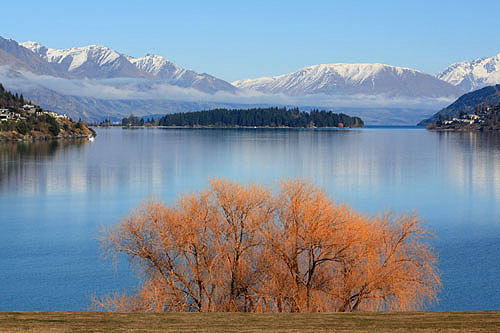
Lake Bellfield - Australia
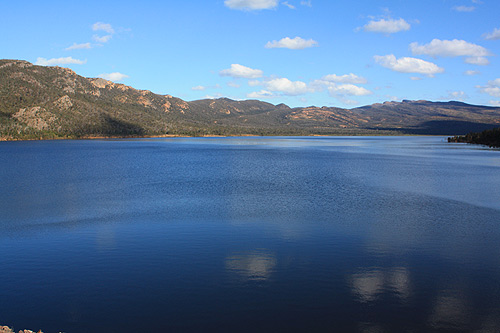
Lake Pukaki - New Zealand
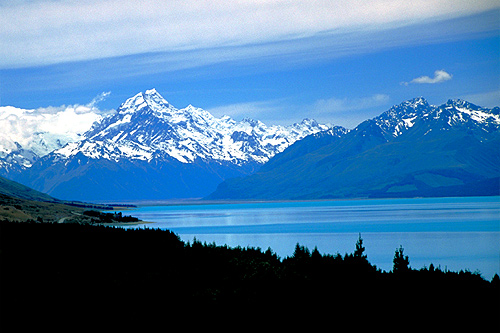
Rotorua Lakes - New Zealand
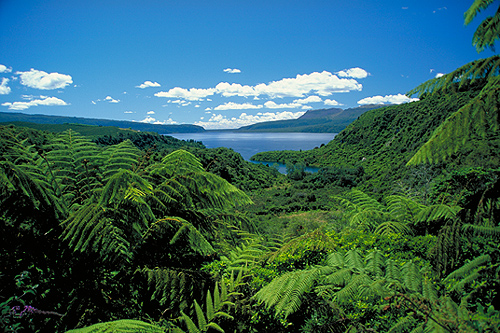
Lake Taupo - New Zealand
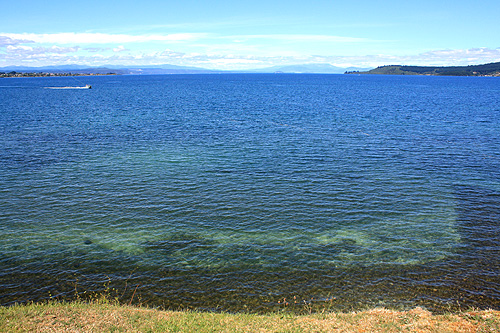
Lake Wairarapa - New Zealand
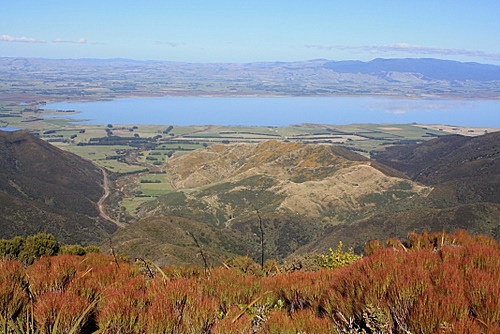
Lake Wanaka - New Zealand
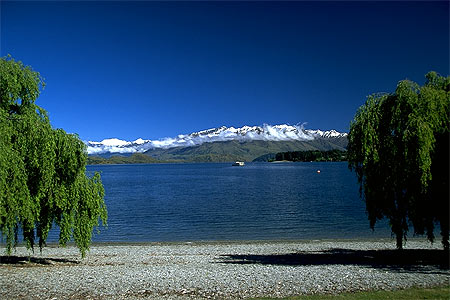
Lake Hawea - New Zealand
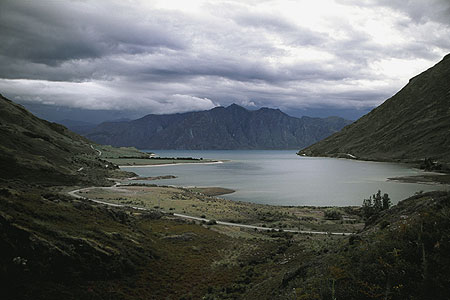
Lake Manapouri - New Zealand
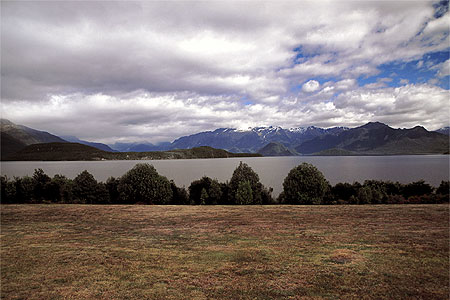
New Zealand in particular is a land of lakes, some which are pictured in postcards reflecting the snowcapped Southern Alps of the South Island. Some lakes in the New Zealand's North Island are thermally heated due to intense volcanic activity in that region. Lake Taupo is the biggest lake in the country, it is really the caldera of a super volcano, the world's most destructive in the last 70,000 years of world history. While parts of this lake are thermally heated, the world's largest boiling hot spring is Frying Pan Lake in Rotorua.
Australia has lakes which are situated in the tropics, temperate, and sub-alpine climatic zones. Spencer Lake in Western Australia has a strong pink hue which is a natural occurance and the lake is safe to swim in. The largest lake in Australia is Lake Eyre which is the lowest natural point in Australia. However, it fills up with water around three times a century and then slowly disappears until salt plains appear. Every few years though smaller floods add water to the lake and about every decade a bigger flood occurs. The salt flats of Lake Eyre are sometimes used for land speed record attempts.
Author & photographer: David Johnson (Virtual Oceania). Providing a credit or link is appreciated.
Our content: logos, site names, text, photos, and website design are protected by international copyright law.
Original versions of our photos can be purchased / licensed & web versions can be shared subject to conditions.
